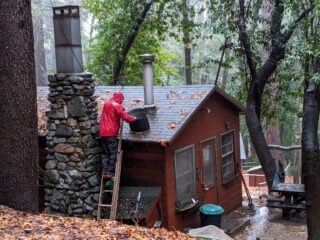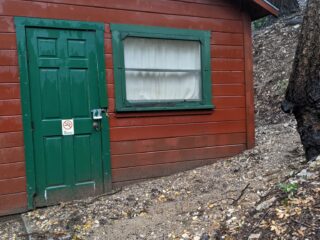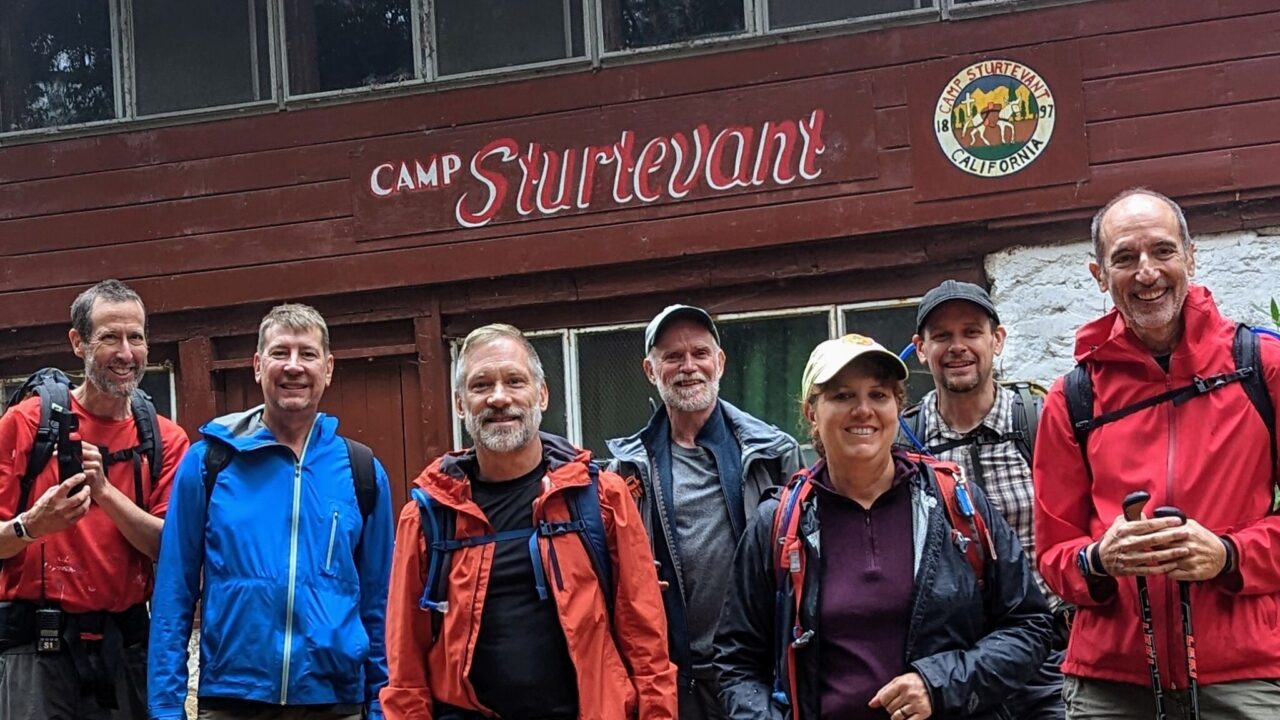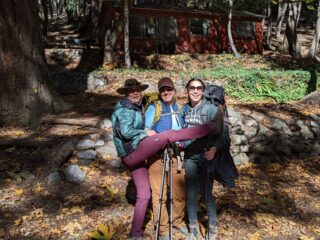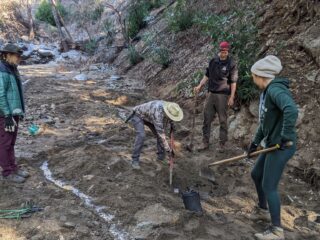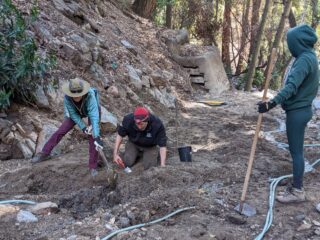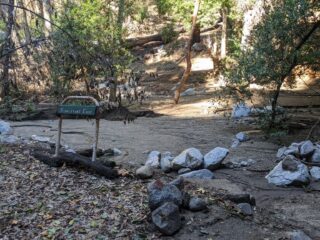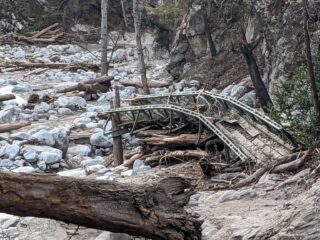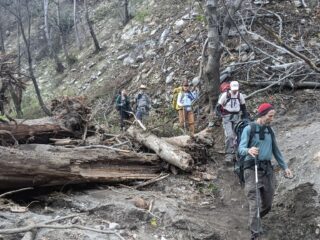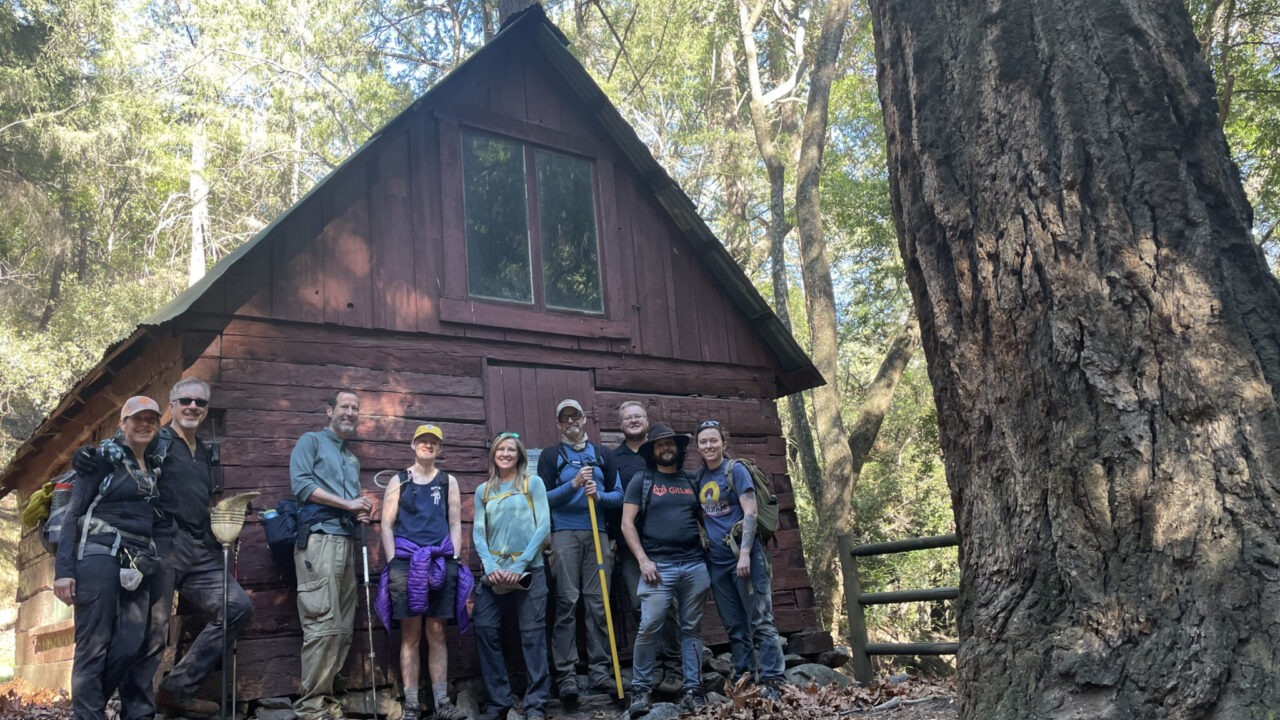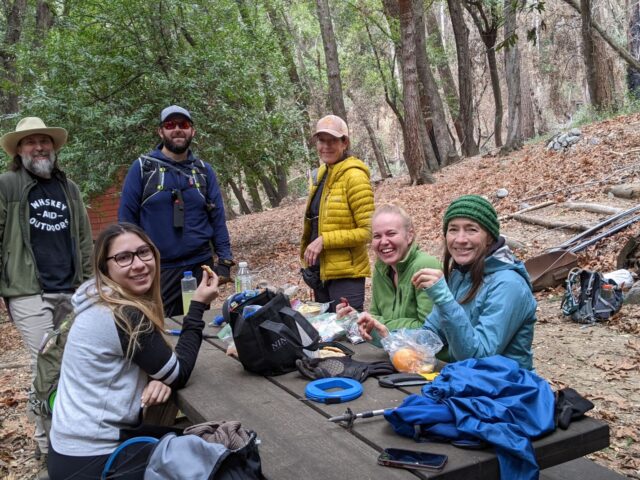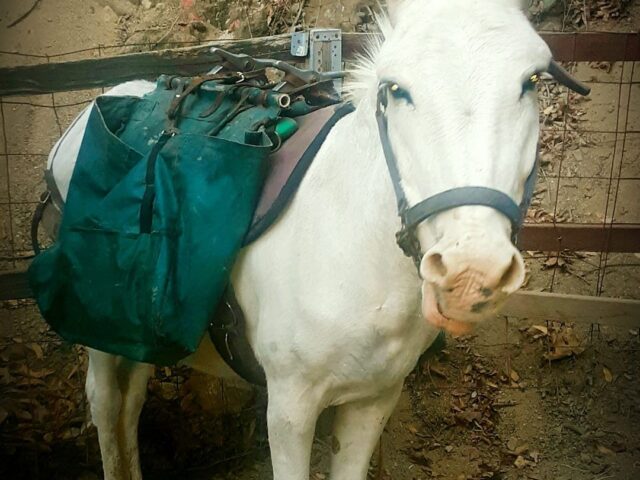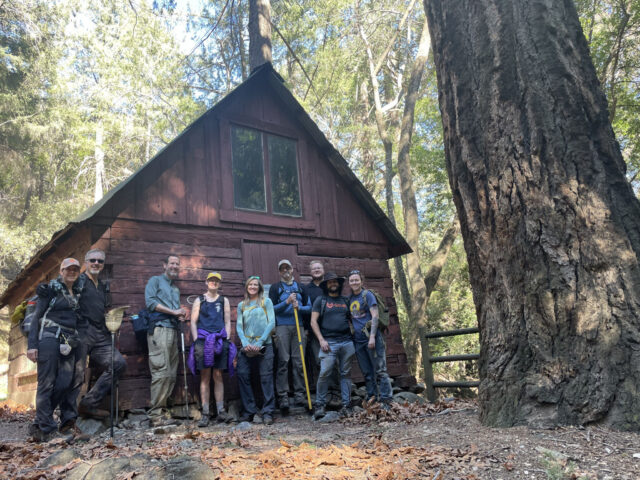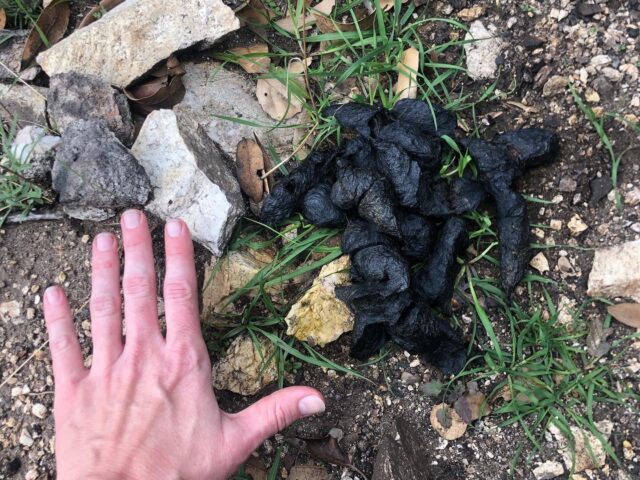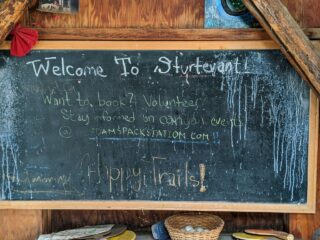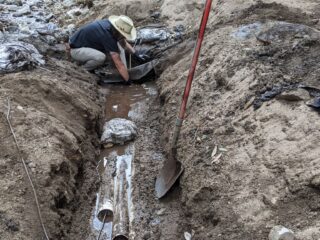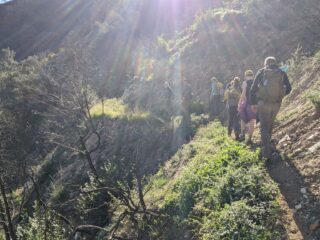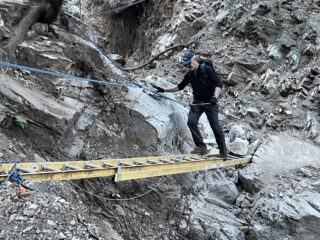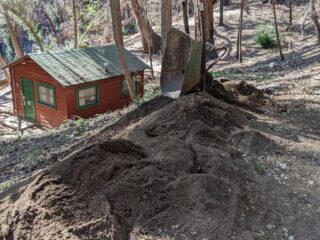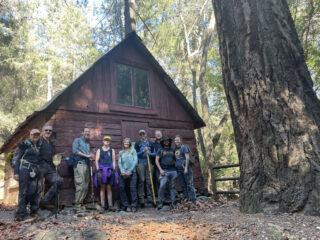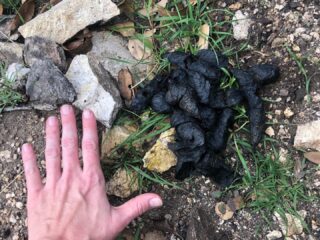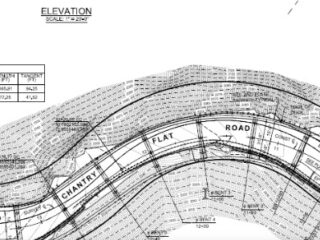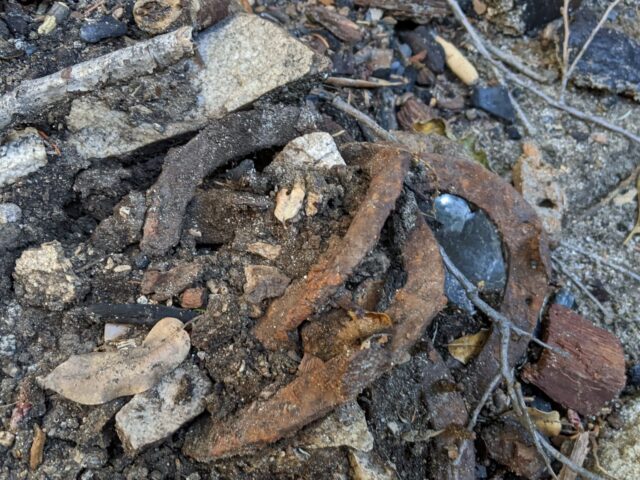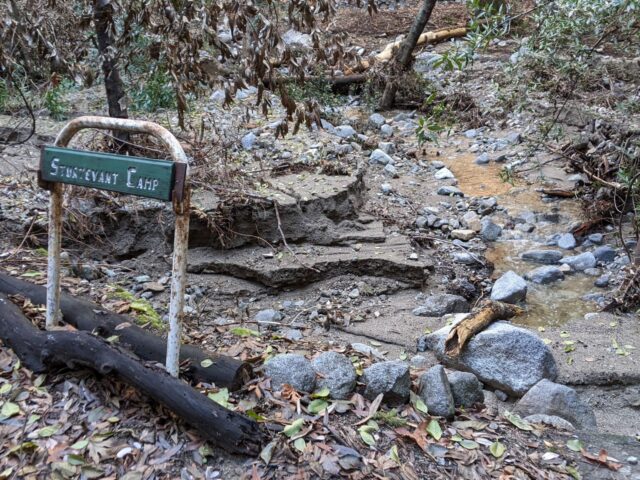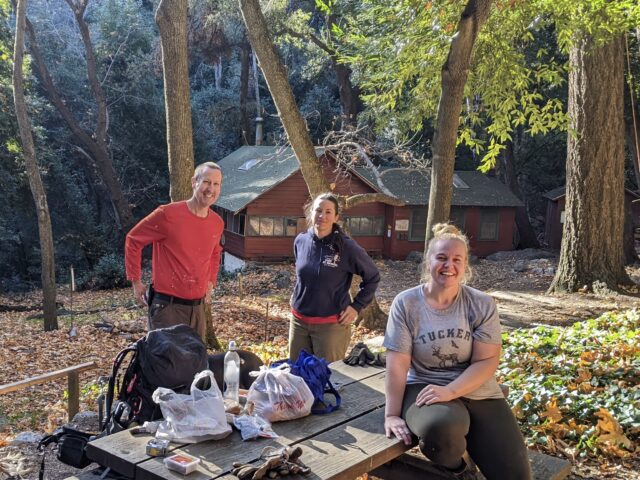
2023 In the Rearview Mirror
With this year wrapping up, we’re looking backward and forward: backward to check our progress and say thanks to everyone who got us to where we are; and forward to strategize progress in 2024. From the perspective of the Sturtevant Conservancy, here’s what we see:
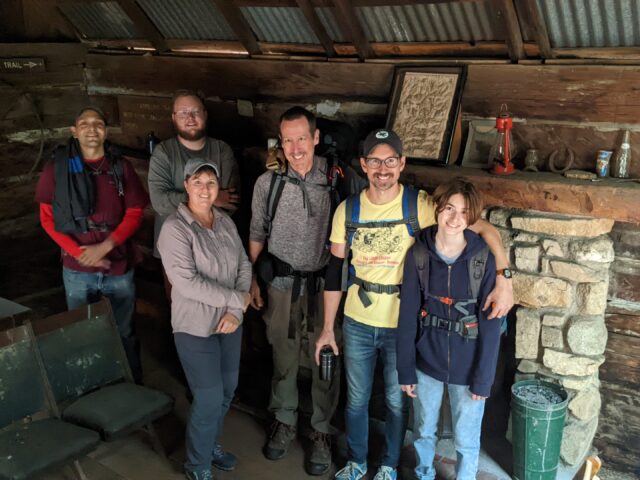
This year’s holiday gifts won’t need to be wrapped, because most have already been received, with gratitude: THANK YOU to all the Camp’s volunteers and supporters who have worked hard and given generously this year. Like Santa, we’ve checked who’s been naughty and nice—ok, just nice, and can report the following as of early December:
107 people volunteered over 32 weekends in 2023, for a total of 164 per-person/workdays (one person volunteering one day.) Twelve of those work weekends were overnights, expanding the work accomplished and netting more work per round-trip hike—which, at about 9 miles per person/per work event equals just short of 1000 miles. How much total elevation gain was in that? Almost 60 miles, or 11 trips up Mt. Everest, or 55 times up Mt. Wilson!
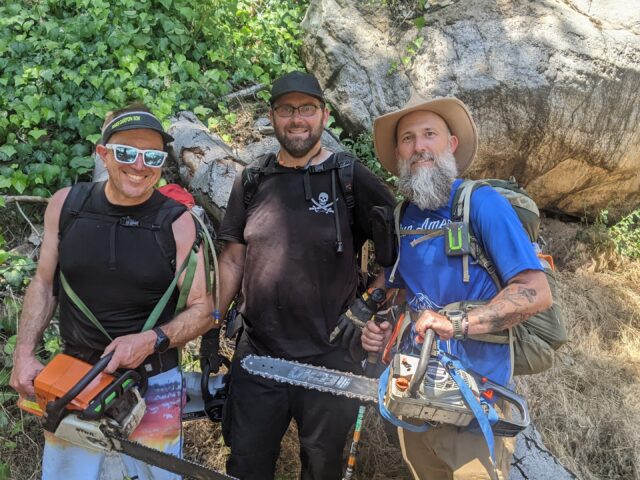
That’s a lot of miles on knees and boots, but that’s just to get to where the work starts. Then there’s shoveling, painting, hauling, plumbing, cleaning, re-wiring and repairing – all kinds of muscles and skills donated. Given a typical workday (not including the commute to Chantry) is about 9 hours or the same number as the hiking miles, the total volunteer hours also equals nearly one thousand.
What generosity! Thank you to everyone who got up early, shouldered a pack, made the hike, shared the food and fellowship, and moved Sturtevant another step toward welcoming guests back to Camp.
VOTY’23
After going through the work records to get the above report, it became obvious that one volunteer had a big impact on those numbers: Scott Wilson made the hike on average once every month all year. That’s head and trademark Stetson hat above everyone else. Site/Ops Manager Paul Witman also confirmed that Scott is a jack-knife of many trades, shoveling, plumbing, bear patrolling, way-finding, and hustling some very tricky sawyer work, all with a smile and his inevitable thumbs-up.
Although Scott is a regular at Camp, when not working for the City of LA, he’s also laying down the miles hiking all over the San Gabriels and Sierra Nevada ranges, and not necessarily on established trails: he recently located the remote location of Wilbur Sturtevant’s ‘hide-away.’
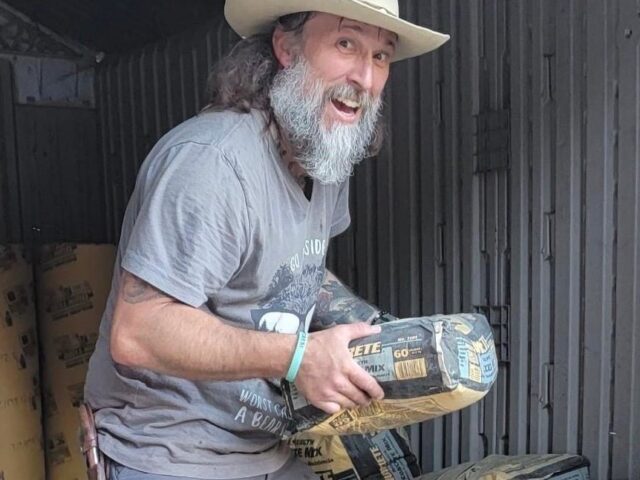
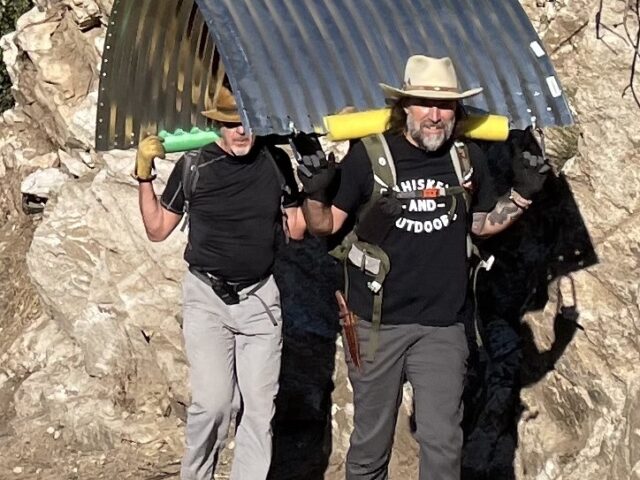
So there are stories to tell, but for now it’s a privilege and pleasure to announce Scott is the Conservancy’s Volunteer of the Year 2023. Thank you Scott!
Progress Report – Sort Of

While the Camp remains closed under of the USFS post-fire order, we can’t welcome guests and serve the public, so we don’t have people stories to tell. Instead, the story is mostly about the place: the Camp in the Wilderness.
On the grand arc of Camp history, the Bobcat Fire is the apex of environmental and physical impact. But after the winter of late ’22 – early ’23, the record-breaking “atmospheric rivers” are first runner-up. Consider: the green bridge at Robert’s didn’t wash out right after the Fire in 2020, or in ‘21 or ‘22, but this year.

The loss of the bridge indicated what happened up and down the Canyon: prior recovery work washed away, new washouts and rockfall and nearly continuous tree-fall, plus a new version of the infamous Ladder Gap keeping the pack train blocked from getting up to Camp.

But not the burros only: volunteers hiking into Camp had to factor in extra risk and time and trail work just to get there. Once in Camp, broken roofs, washed out plumbing and heavy treefall have diverted volunteer hours from post-Fire recovery work to post-rain clean-up and fix-it jobs. Instead of making progress, we had to scramble just to get back to the starting line.
No complaints, just the reality of working in the temperamental wilderness. The abundant rains did gift the Camp with water flowing in the ‘old/main’ line for the first time after many years of drought. And other than the cracked roofs and accompanying water damage, there were no structural losses. Plus now there’s enough firewood to last a very long time!
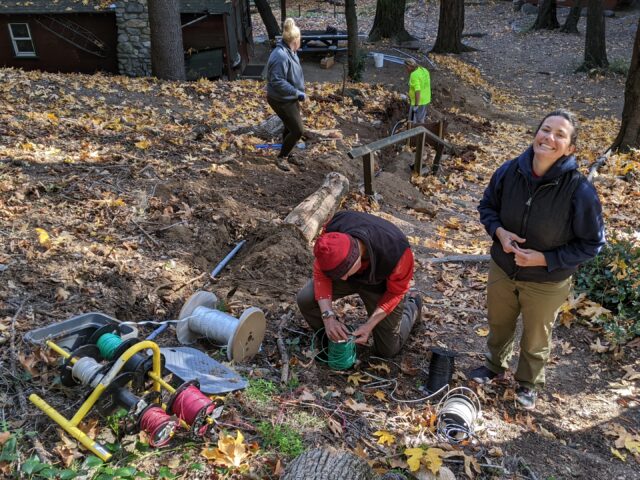
2024 Crystal Ball
Looking into the new year, there are two scenarios on a single coin: that coin is the weather, with another El Niño rainy season predicted. The two scenarios are whether the U.S. Forest Service opens the Canyon to the public—or keeps it closed. For now, what will happen is a toss of the coin.
That makes planning difficult, but the Conservancy remains fortunate because, as long as the Camp is closed, there are no significant fixed operating costs (no staff, etc.) Financially, we can ‘afford’ to sit and wait.
But the physical Camp cannot wait; the wilderness steadily degrades paint and wood and plumbing and shingles. The Camp has had only minimal maintenance for going on four years now, as volunteers have instead hustled to open the trail, recover the water system, and repair the post-Fire bear damage plus this past season’s weather effects.

For example, Site/Operations Manager Paul Witman notes that several roofs (including the main Lodge) are overdue for replacement; but for that you need shingles – lots of ‘em!—and until the pack train can get through to deliver those supplies, we’re stalled.
So the focus of physical work is, like the flipping coin, on two sides: one is in/at Camp, the other on trail access for crucial materials a.s.a.p. Thanks to the hard work of allied volunteer groups like Restoration Legacy Crew, there’s real hope for getting the burros through after the start of the new year.
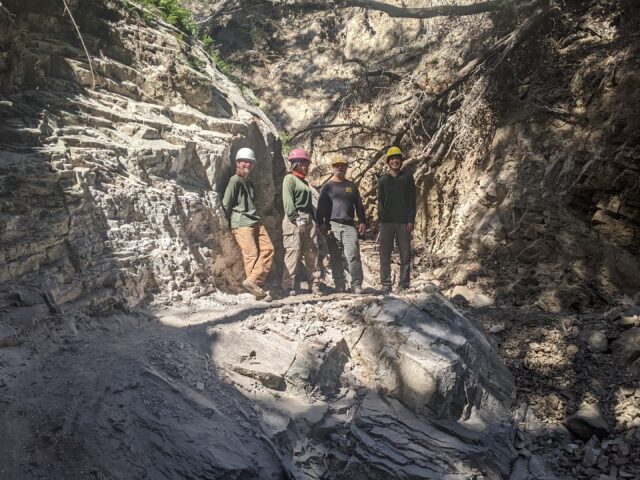
The silver lining in the closure is it gives time for work on reimagining and updating many of the supporting systems for welcoming and managing guests. These include the on-line reservations system, payment and fiscal/accounting systems, guest orientation, safety and related policies, and time for a more thorough recruitment and training program for hosts.
Wishing for the Big Day
When the USFS opens the Canyon, we aim to hit the trail running, to stay ahead of the crowds of people who are already clamoring to get into the Big Santa Anita. Before that, when the pack train finally gets through, the work will double-up as supplies are received and the post-fire burn debris is packed out. We’ll be able to both purchase and deliver shingles, lumber, paint and more.
All depending on the balance in the checkbook.
Yes, your financial gift now will prime the pump for 2024. We’re looking forward to the first wave of guests, seeing their smiles, and especially the delighted surprise of returning hikers seeing the Camp in good condition after the fire and storms of these past years.
Get in on making those smiles with your timely gift this season: http://www.sturtevantcamp.com/support/
And thanks for being part of the future.
The Board of the Sturtevant Conservancy: Jennifer, Brent, Kelly, Teah, Paul, Sarah and Gary.
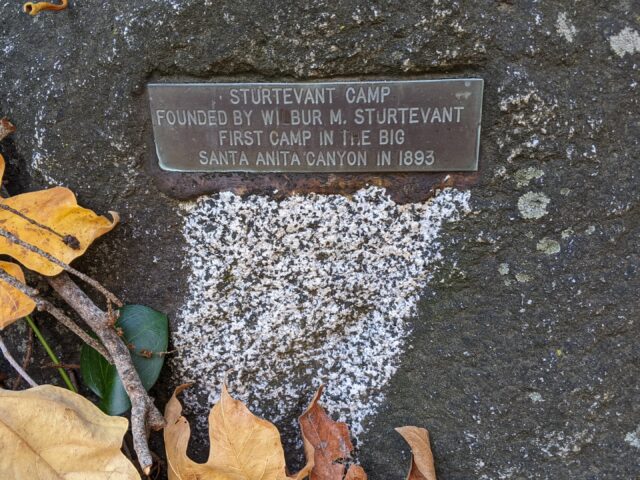
The Sturtevant Conservancy is a 501(3)c non-profit eligible for charitable donations.







